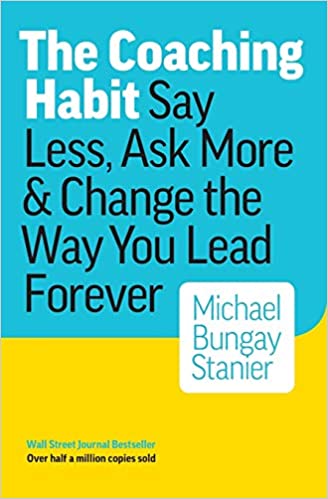This post is part of the 📖 The Coaching Habit series.
Today, I am reading a new section Our New Frontier: The Neuroscience of Engagement from the book The Coaching Habit written by Author, Michael Bungay Stanier.
Yesterday, I read The Foundation Question section from the Question Masterclass Part 4 chapter of the book chapter of the book.
Our New Frontier: The Neuroscience of Engagement
It is a perfect time to make the connection between your coaching habit and your head by looking at the neuroscience of engagement.
“Five times a second, at an unconscious level, your brain is scanning the environment around you and asking itself: Is it safe here? Or is it dangerous?”
In other words, if you’re not sure about a situation, you’ll default to reading it as unsafe. And start backing away.
You want your people to feel that working with you is a place of reward, not risk. And you also realize that you want to feel like you’re safe so that you can stay at your smartest, rather than in fight-or-flight mode.
There are four primary drivers—they spell out the acronym TERA—that influence how the brain reads any situation.
- T is for Tribe
- E is for Expectation
- R is for Rank
- A is for Autonomy
Your job is to increase the TERA Quotient whenever you can. That’s good for the person you’re speaking with, and it’s good for you. Asking questions in general, and asking “What do you want?” specifically, will do that.
Tomorrow, I will be reading a new section Get Comfortable with Silence from a brand new chapter Question Masterclass Part 5. Look out for tomorrow’s article.

Do you know you can listen to this book on Amazon Audible for FREE?
If you are not into reading like me, then you can listen to this book for FREE on Amazon Audible
Don't Read. Just 🎧Author(s): Michael Bungay Stanier
Part 12 of 21 in the 📖 The Coaching Habit book series.
Series Start | The Coaching Habit - Day 11 | The Coaching Habit - Day 13
